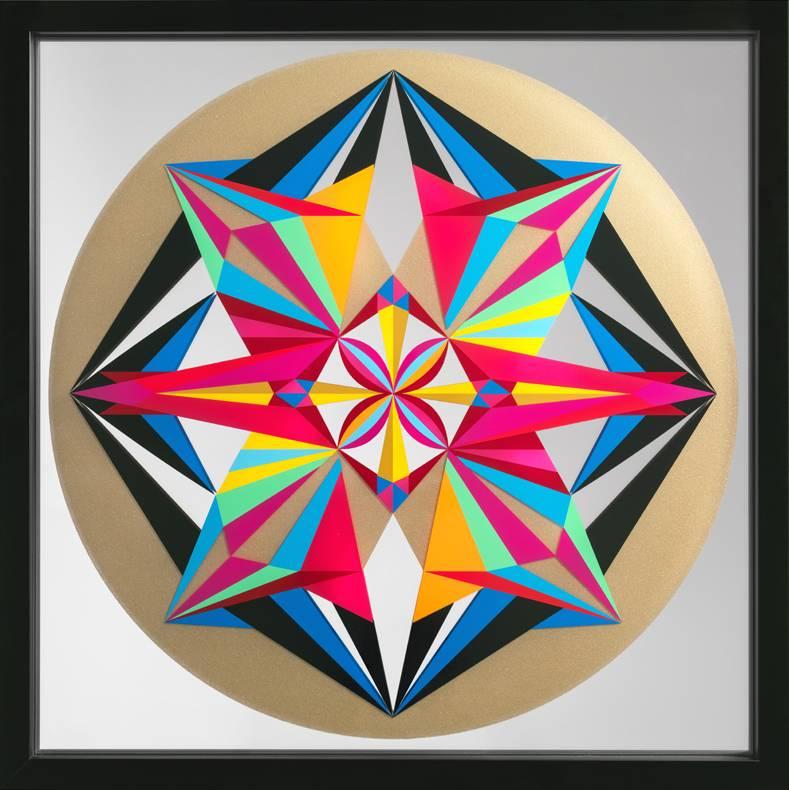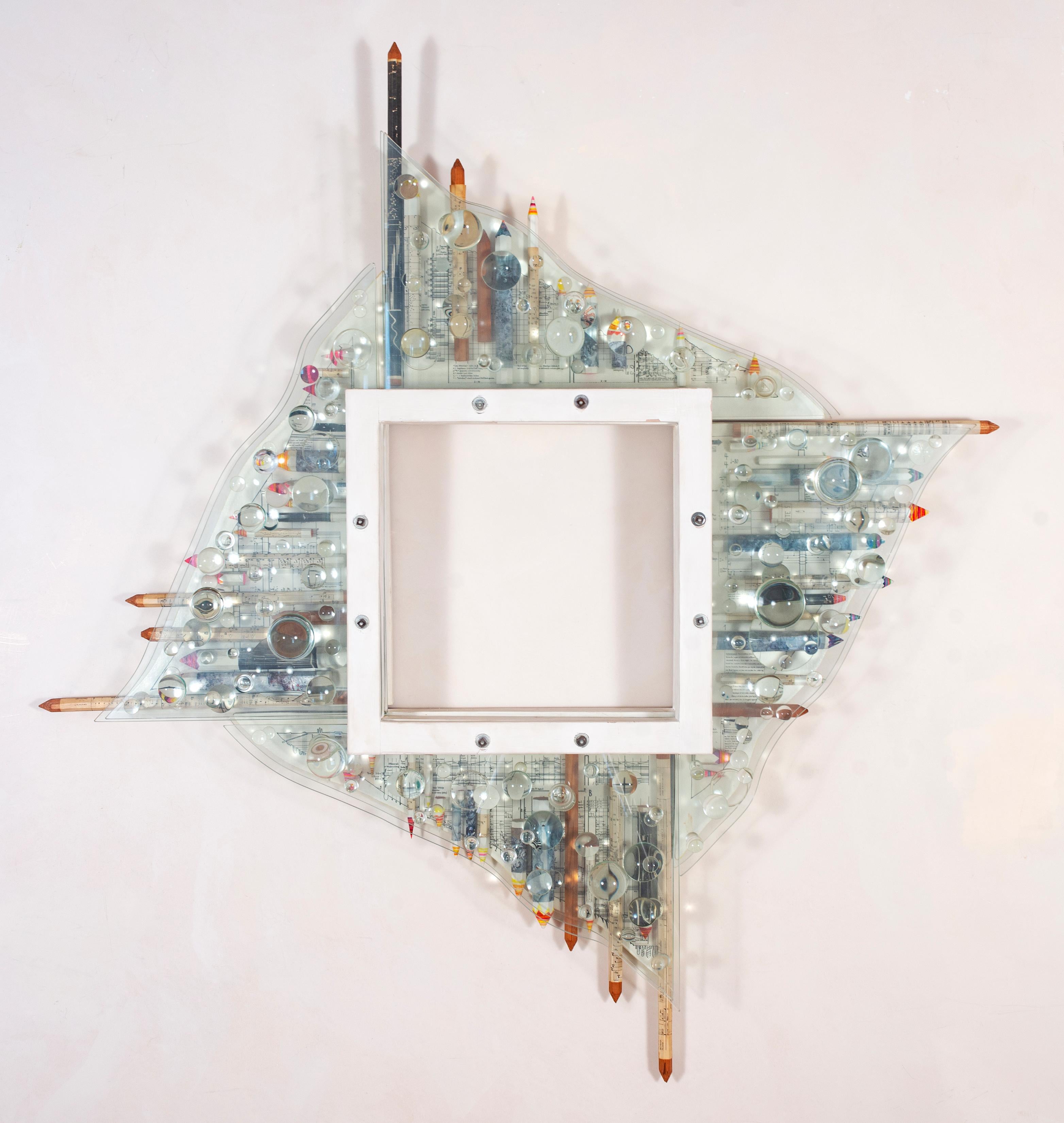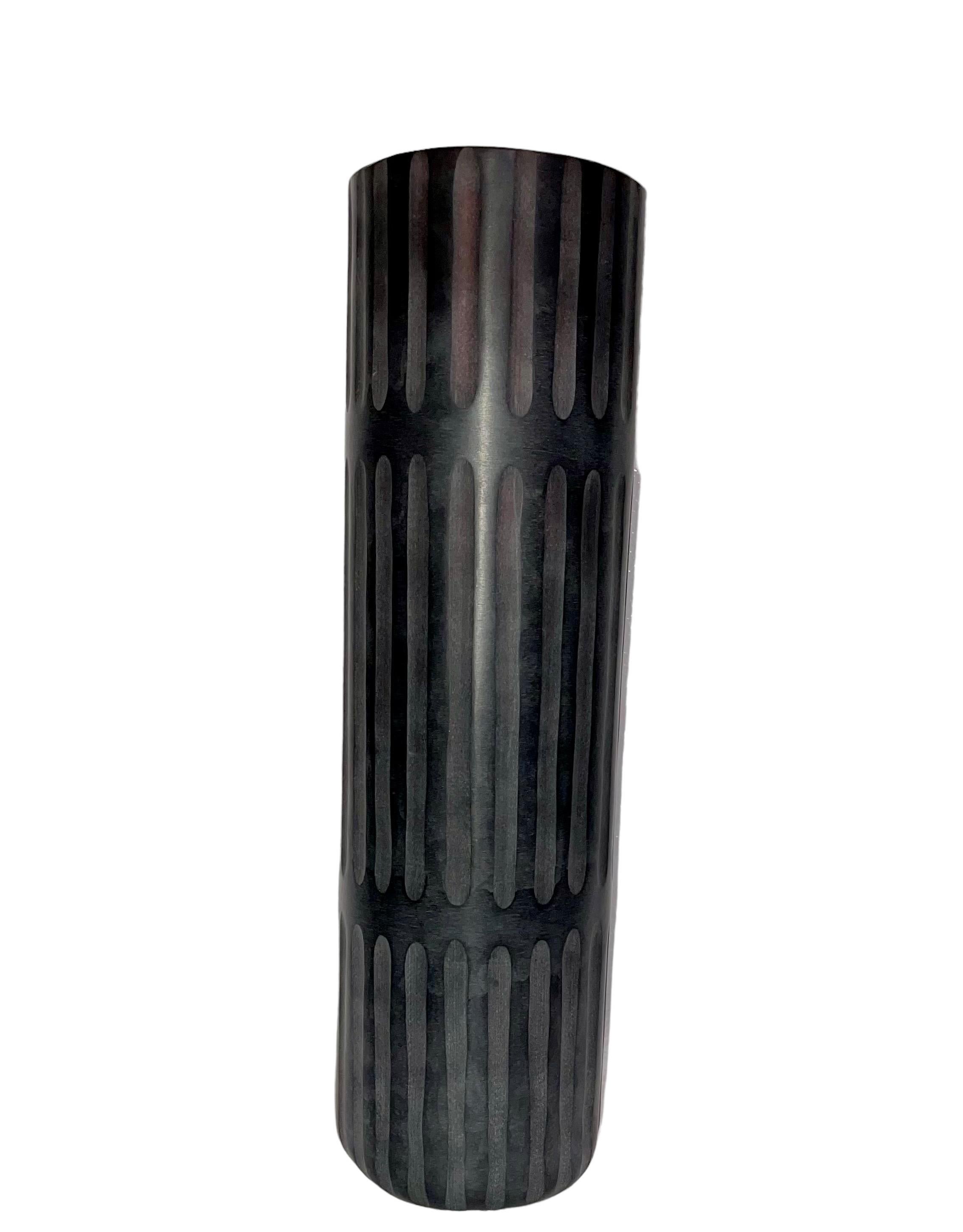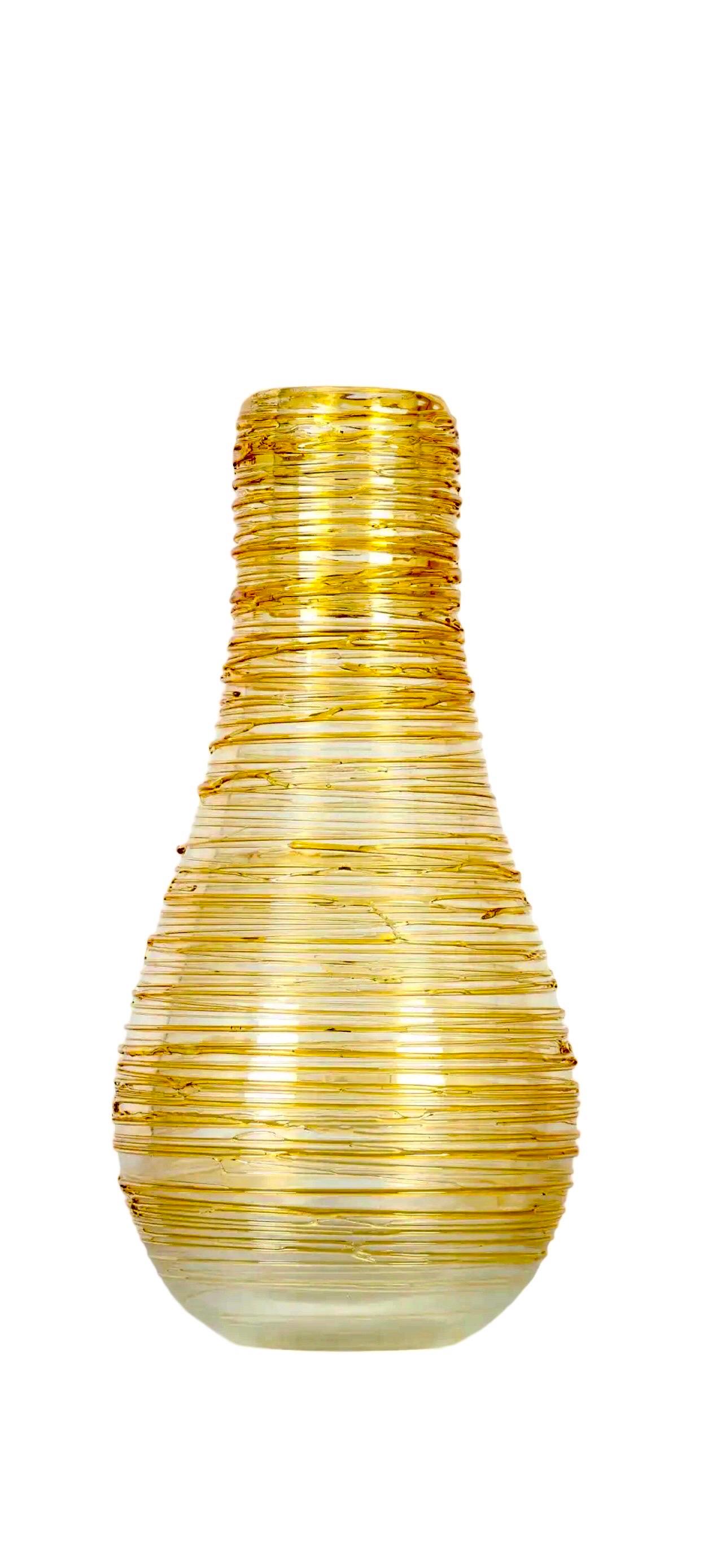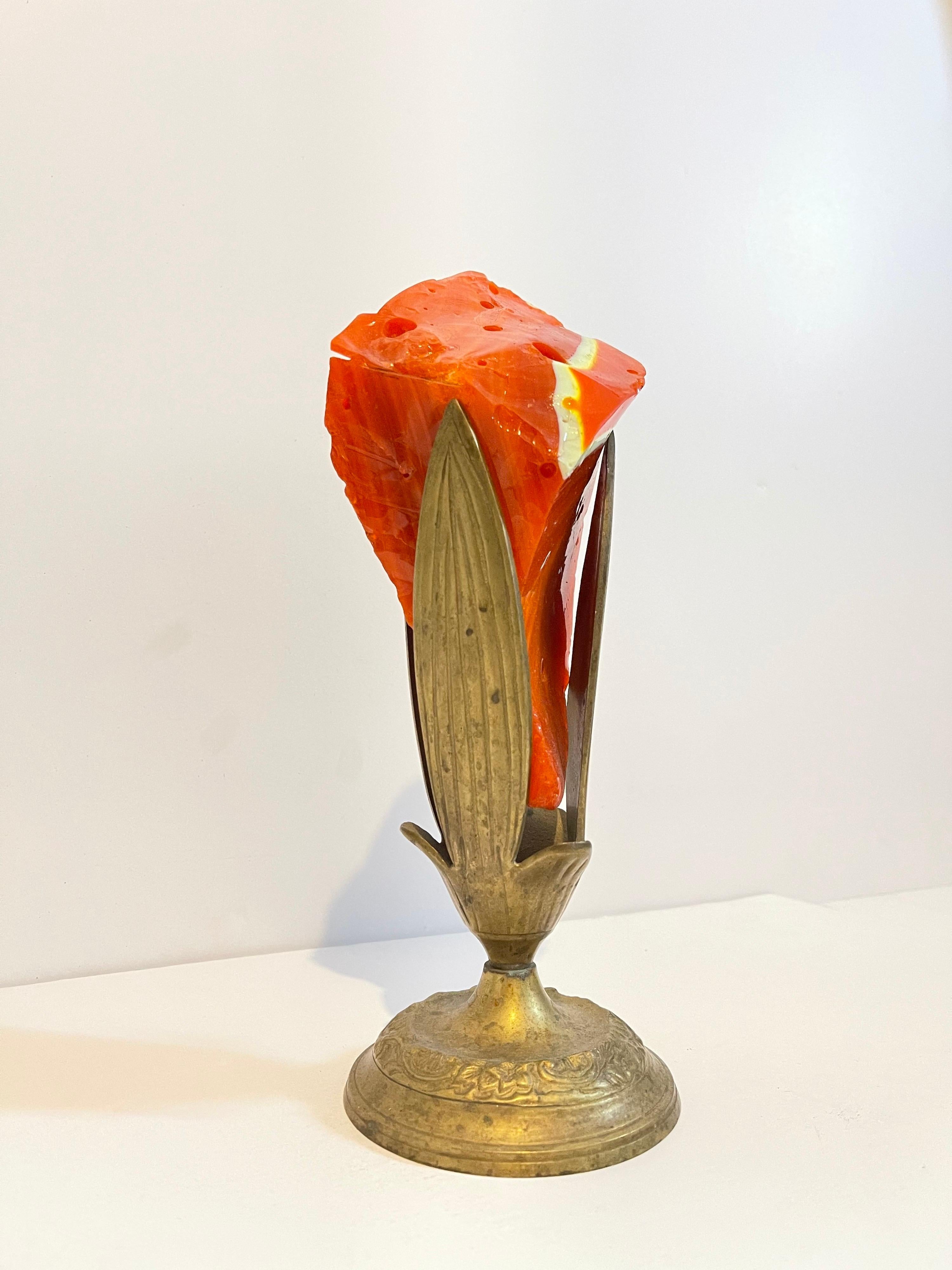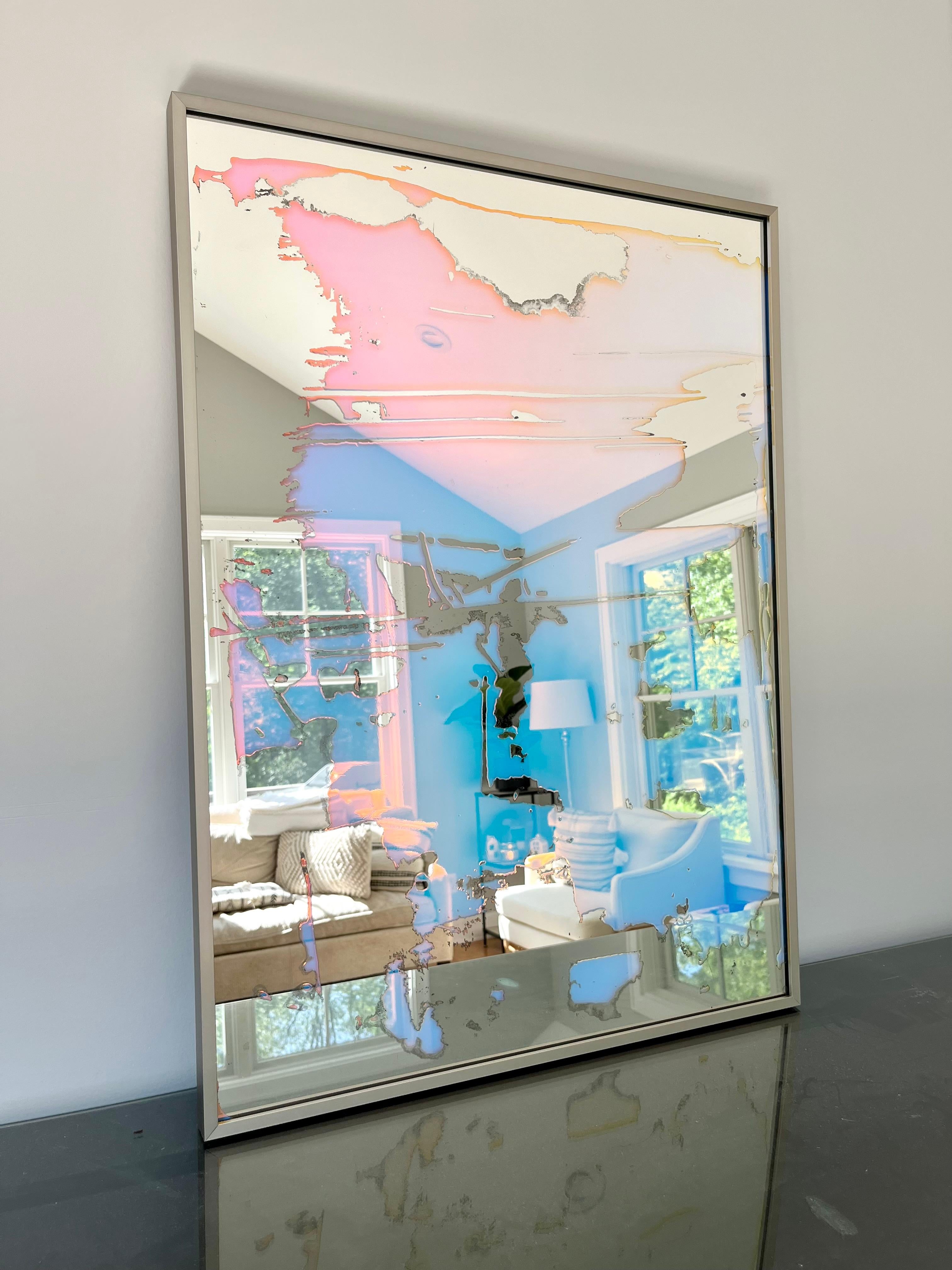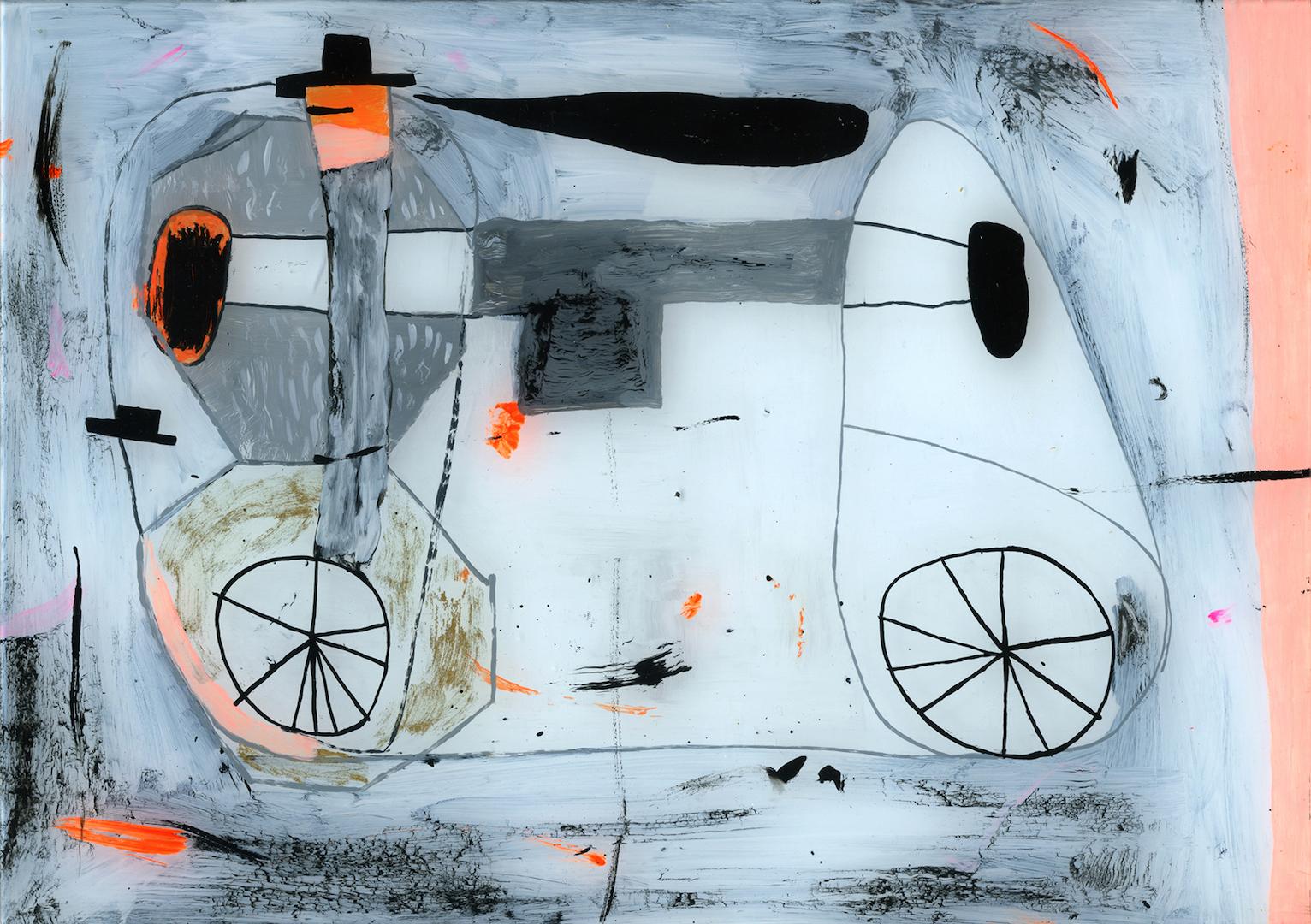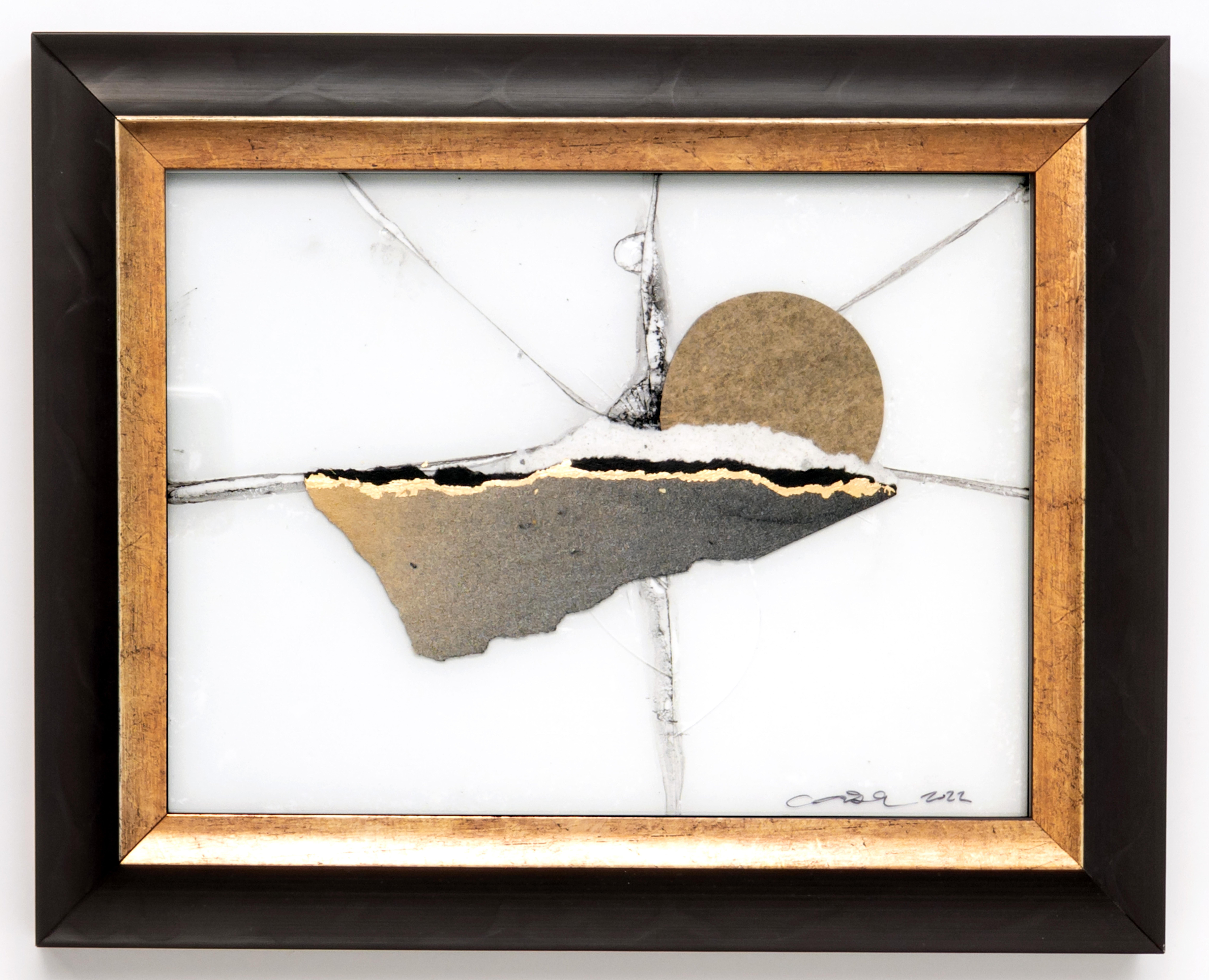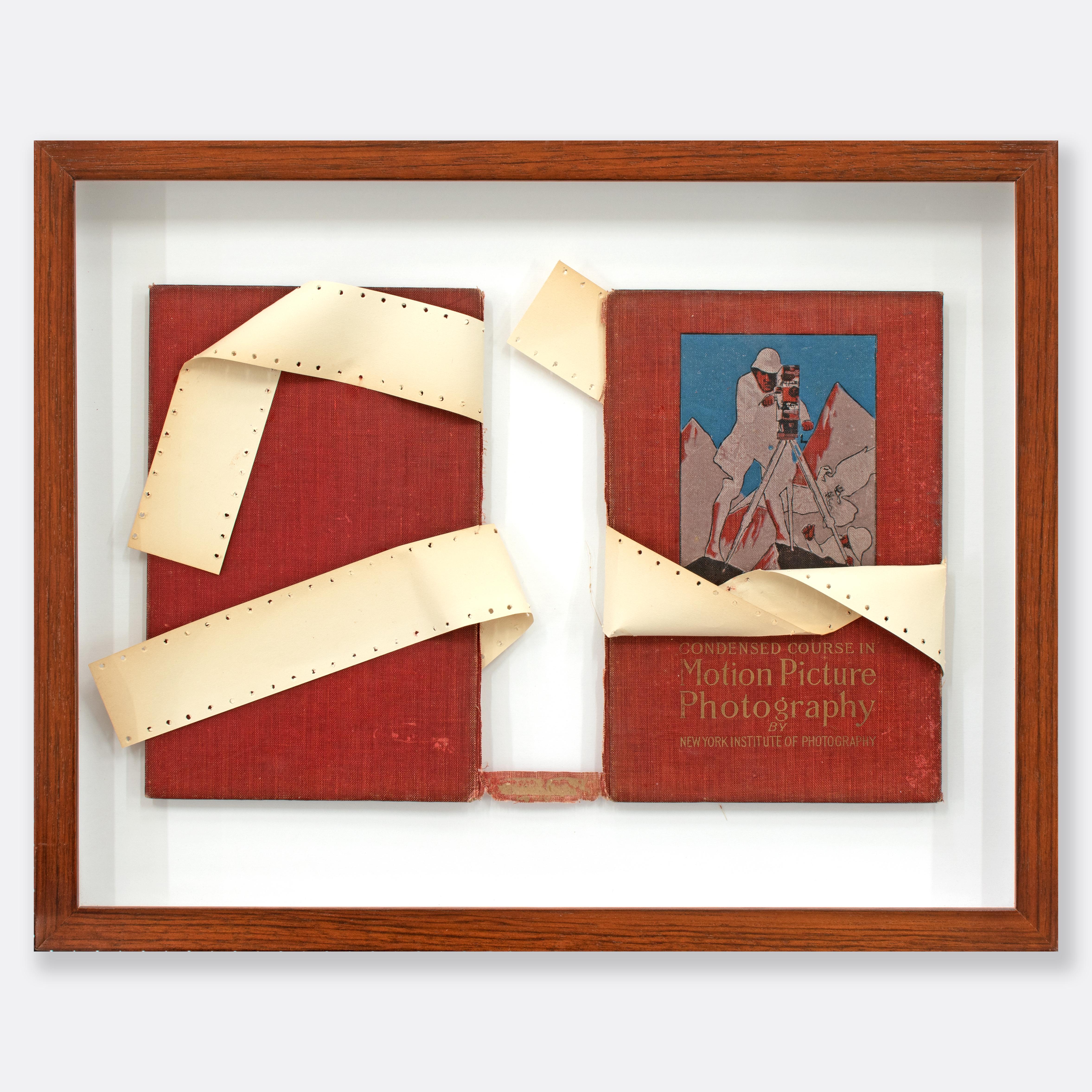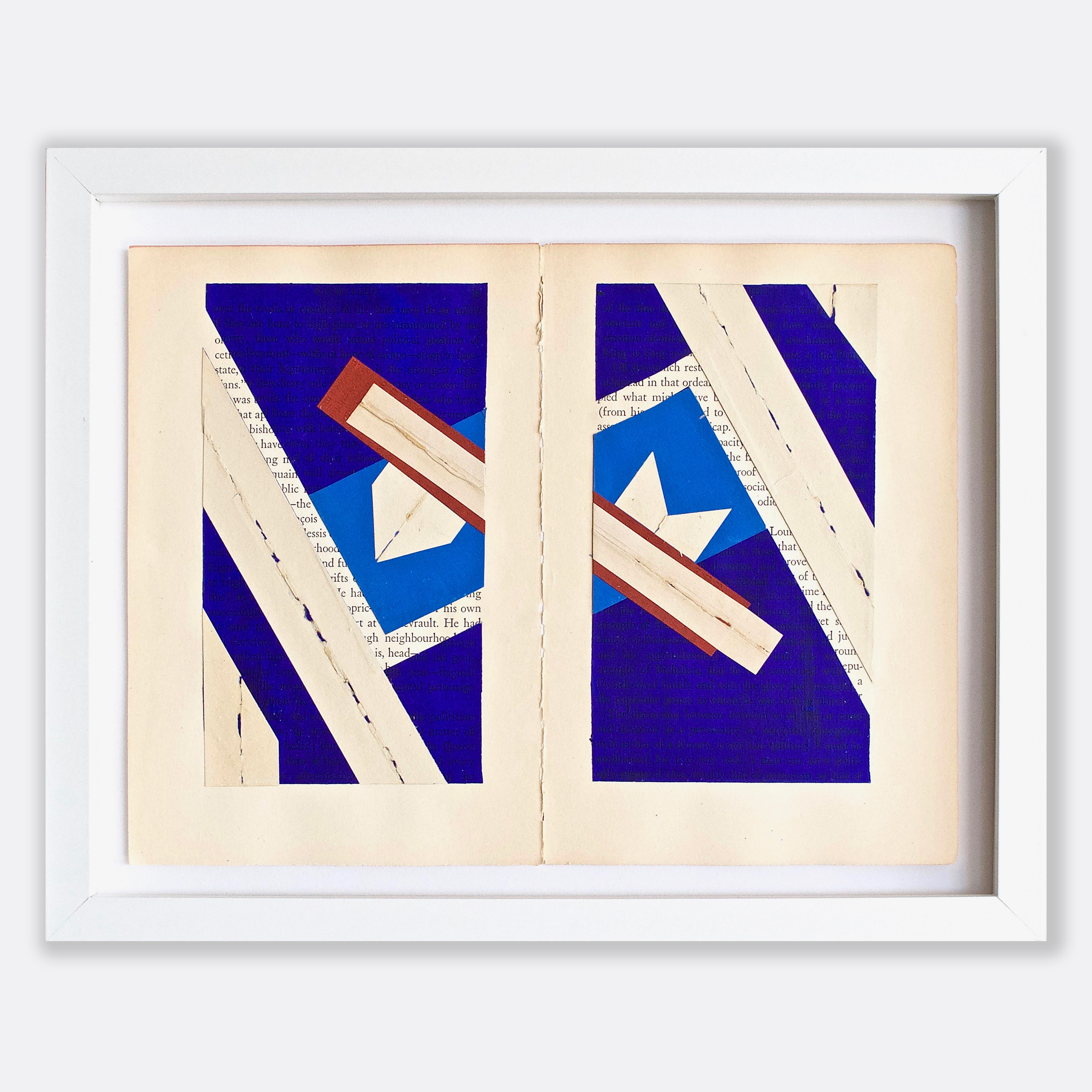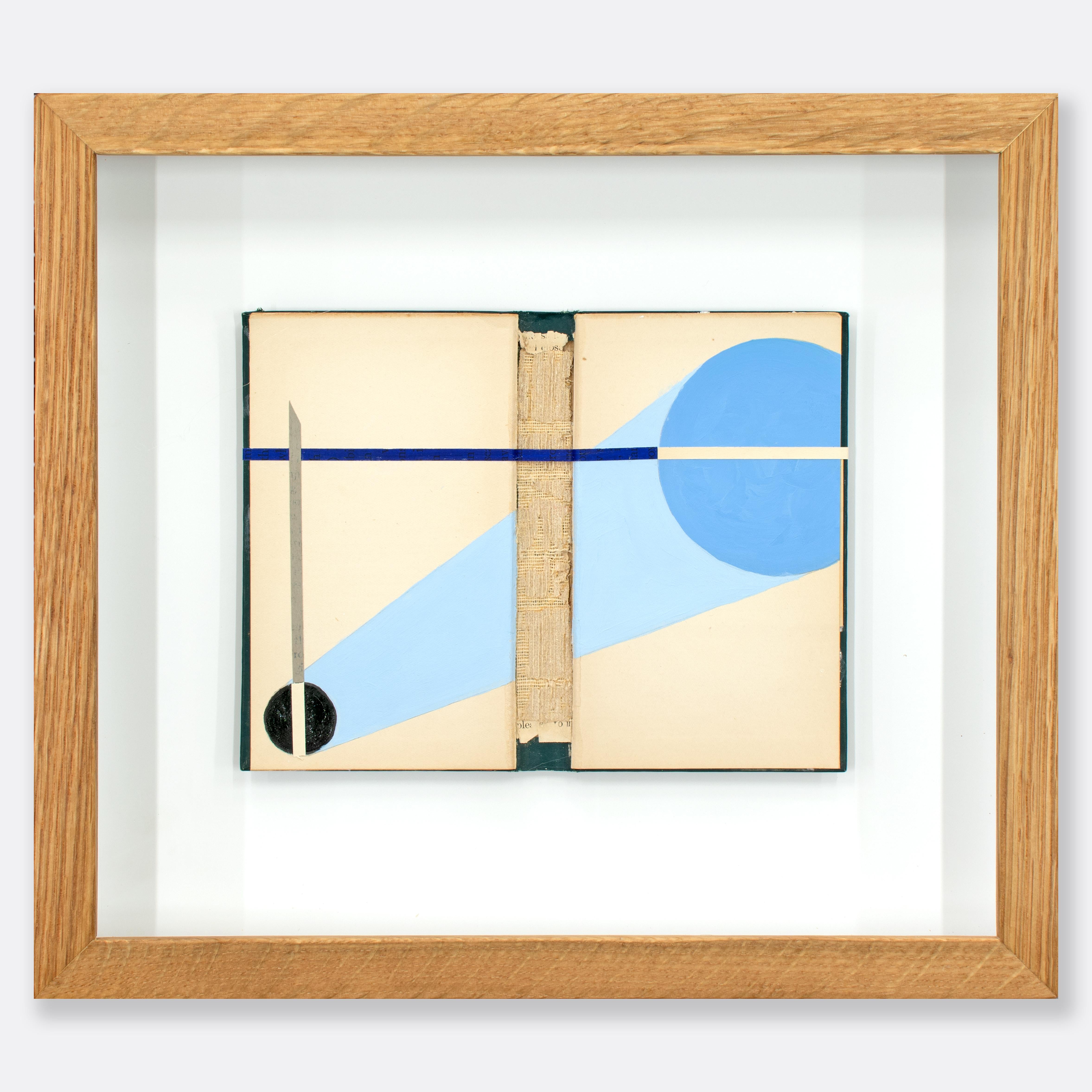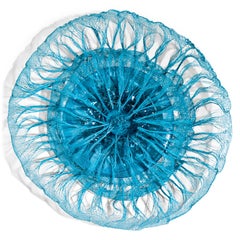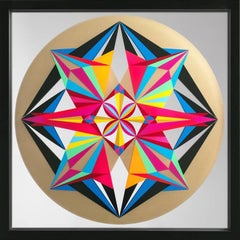
'You Near Me' - Abstract Mixed Media by Robert Ryan
View Similar Items
1 of 4
Robert Ryan'You Near Me' - Abstract Mixed Media by Robert Ryan2021
2021
About the Item
- Creator:
- Creation Year:2021
- Dimensions:Height: 9.85 in (25 cm)Width: 9.85 in (25 cm)
- Medium:
- Movement & Style:
- Period:
- Condition:
- Gallery Location:Edinburgh, GB
- Reference Number:1stDibs: LU119519357742
You May Also Like
- Ron Aloni, Blown Glass & Wire Wall Object (blue) Israel 2019, Abstract SculptureLocated in Greding, DELarge wall object made of hand-blown glass and wire in light blue. Despite the hard material, Aloni's objects possess an extraordinary soft quality, which is the optical attraction of the work. Ron...Category
2010s Abstract Mixed Media
MaterialsWire
- Untitled, screen print on mirror by Carlos Rolon (abstract geometric design)By Carlos RolónLocated in New York, NYKnown for his elaborately crafted paintings and ornate sculptures, Rolón worked with master printer Luther Davis of the renowned Axelle Editions print shop to create a hybrid silkscr...Category
2010s Abstract Geometric Mixed Media
MaterialsGlass, Mirror, Screen
- UntitledBy Mary BauermeisterLocated in Santa Fe, NMGlass, optical lenses, wood, ink, paintCategory
1960s Abstract Abstract Sculptures
MaterialsGlass, Wood, Paint, Ink
$375,000 - Large Murano Abstract Hand Blown Arcade Glass Sculpture Marcello Panza VaseLocated in Surfside, FLMarcello Panza for Arcade Vase (this is for 1 of a pair I have, I am selling them separately). This has an African or Aboriginal tribal pattern to it. ...Category
20th Century Abstract Abstract Sculptures
MaterialsGlass
- Large Murano Glass Abstract Blown Glass Sculpture Gold, Clear Constantini VaseLocated in Surfside, FLDimensions: 15.5 X 7 X 7 in. The organic shaped vase showcases an applied light gold colored threaded design enveloping the clear body, around. Hand signed Constantini S. It came from an important estate in the Palm Beach area. Made in Murano, handmade according to the ancient Murano glass tradition. Master Sergio Costantini was born in Venice in 1956 and learned the technique of glass processing from the famous Master Glassmakers of Murano A. Barbini, Licio Zanetti, L. Mellara. His works are exhibited globally in the most important museums and art galleries. Venetian glass (Italian: vetro veneziano) is thought to have been made for over 1,500 years, and production has been concentrated on the Venetian island of Murano since the 13th century. Murano glassmakers created cristallo—which was almost transparent and considered the finest glass in the world. Murano glassmakers also developed a white-colored glass (milk glass called lattimo) that looked like porcelain. They later became Europe's finest makers of mirrors. Murano glassmaking began a revival in the 1920s. Today, Murano and Venice are tourist attractions, and Murano is home to numerous glass factories and a few individual artists' studios. Its Museo del Vetro (Glass Museum) in the Palazzo Giustinian contains displays on the history of glassmaking as well as glass sculpture samples ranging from Egyptian times through the present day. The Venetian glassmakers of Murano are known for many innovations and refinements to glassmaking. Among them are Murano beads, cristallo, lattimo, chandeliers, and mirrors. Additional refinements or creations are goldstone, multicolored glass (millefiori), and imitation gemstones made of glass. Aventurine glass, also known as goldstone glass, is translucent brownish with metallic (copper) specks. Calcedonio is a marbled glass that looked like the semi precious stone chalcedony. This type of glass was created during the 1400s by Angelo Barovier, who is considered Murano's greatest glassmaker. Ercole Barovier, a descendant of Murano's greatest glassmaker Angelo Barovier, won numerous awards during the 1940s and 1950s for his innovations using the murrine technique. Sommerso is a form of artistic Murano glass that has layers of contrasting colors (typically two), which are formed by dipping colored glass into another molten glass and then blowing the combination into a desired shape. The outermost layer, or casing, is often clear. Sommerso was developed in Murano during the late 1930s. Flavio Poli was known for using this technique, and it was made popular by Seguso Vetri d'Arte and the Mandruzzato family in the 1950s. This process is a popular technique for vases, and is sometimes used for sculptures. Some of Venice's historical glass factories in Murano remain well known brands today, including De Biasi...Category
20th Century Abstract Abstract Sculptures
MaterialsGlass
- Early Murano Glass Free Form Abstract Blown, Cut, Glass Sculpture in Bronze VaseLocated in Surfside, FLThis piece appears unsigned and unmarked. It came from an important estate in the Palm Beach area. It is an abstract flame or torch in a bronze vase. Venetian glass (Italian: vetro ...Category
1940s Abstract Abstract Sculptures
MaterialsBronze

